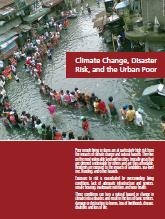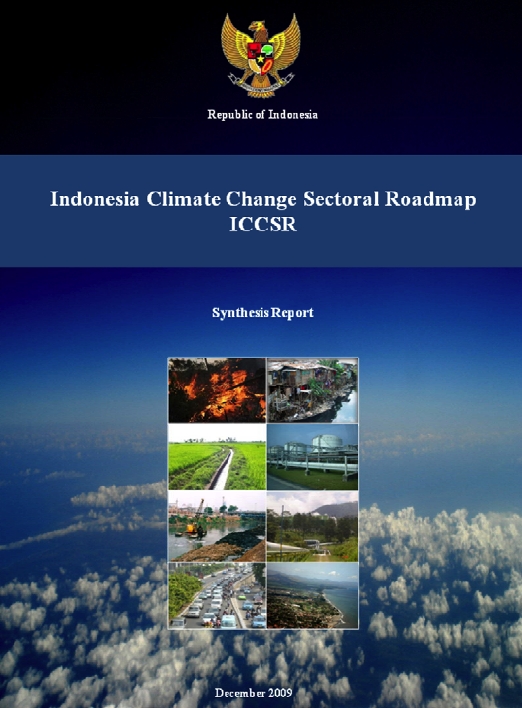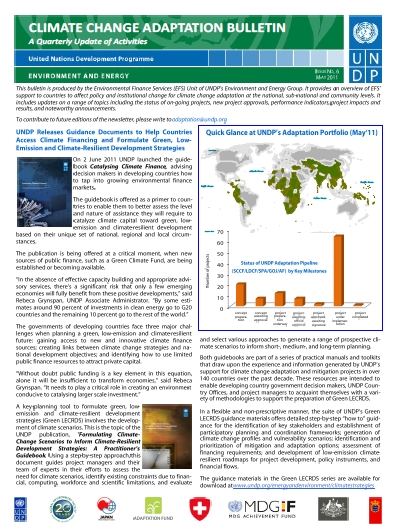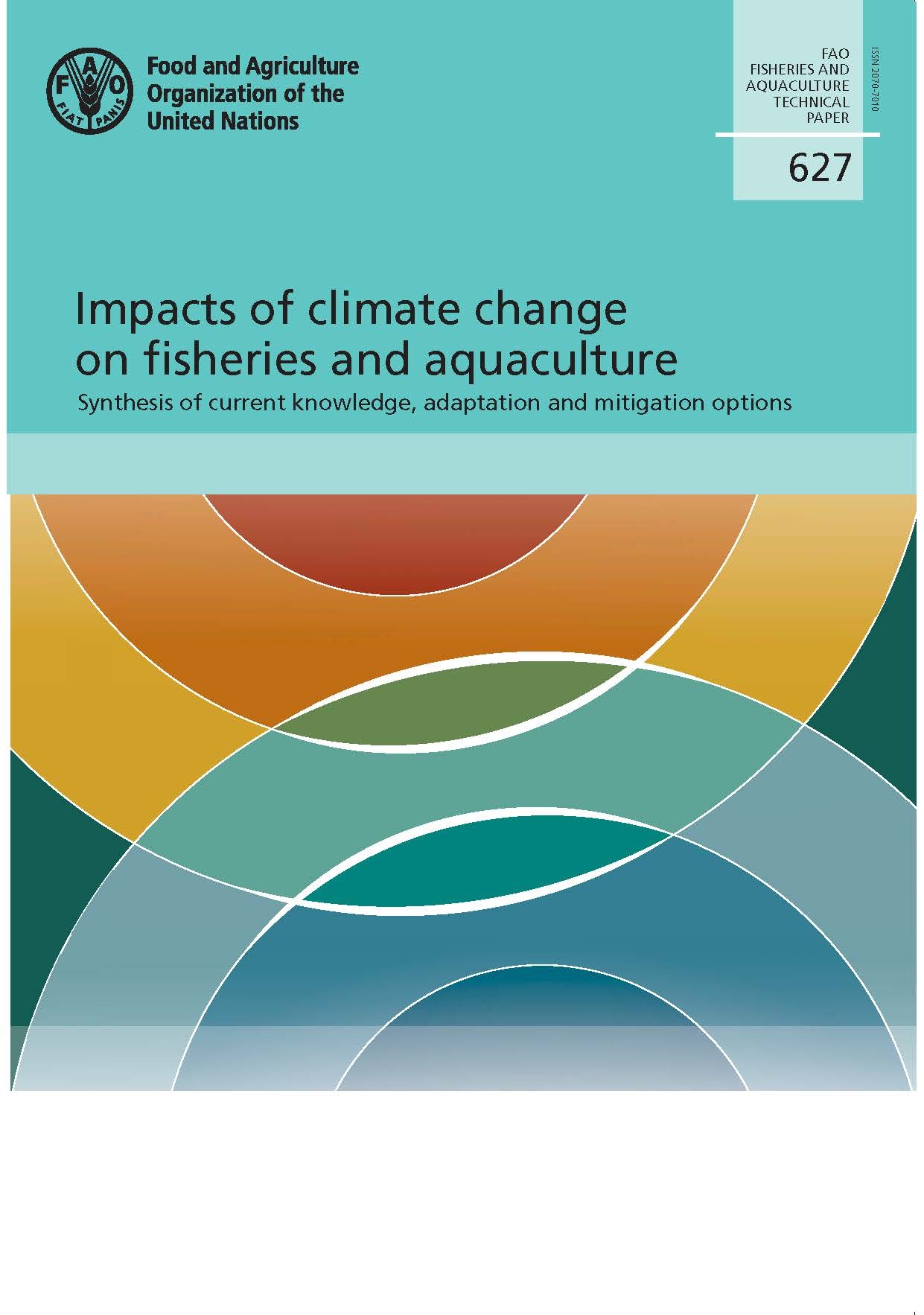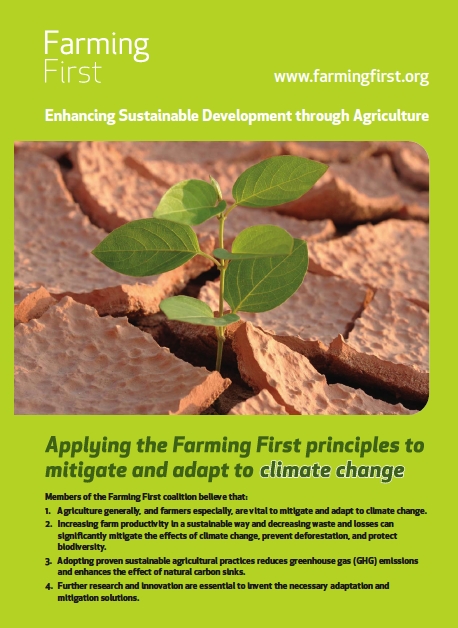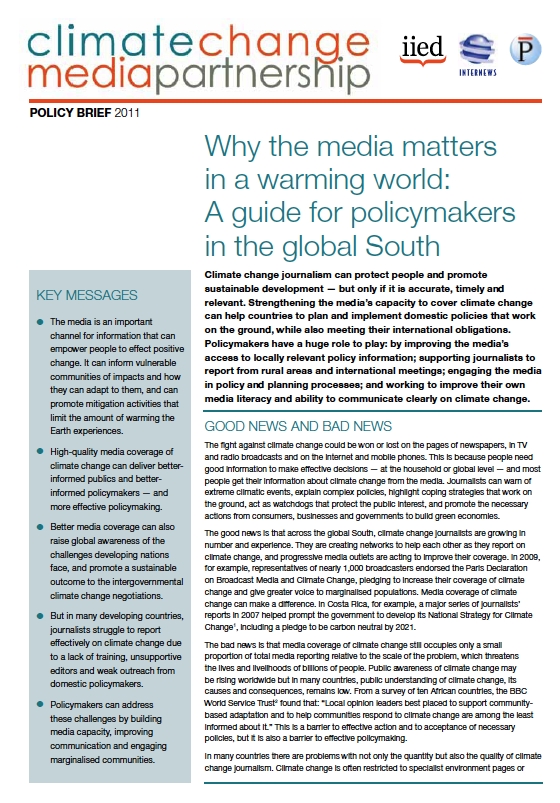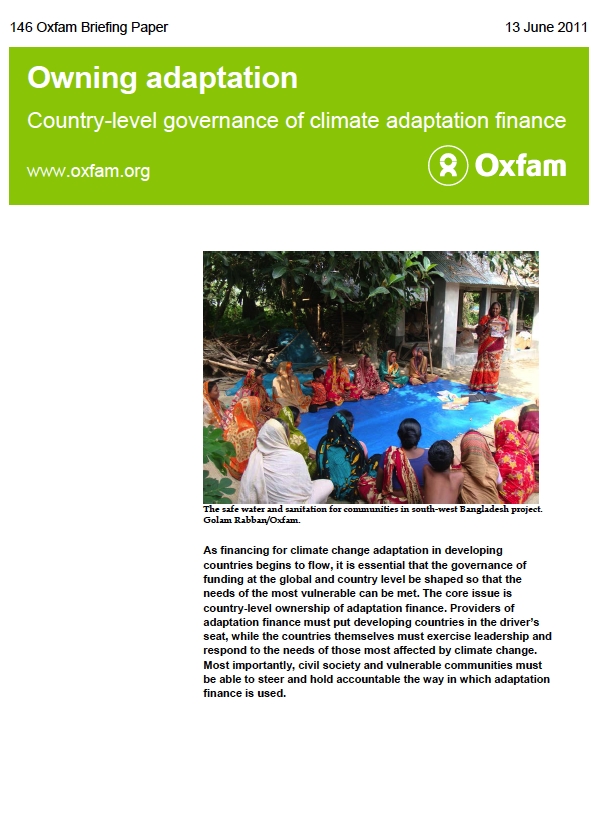Publications
This contains experience notes, adaptation notes, policy briefs, policy papers, technical reports, stories on good practices, and other publications related to climate change adaptation and mitigation in Southeast Asia not just from SEARCA, but also from KC3's partners and other agencies/institutions.
Poor people living in slums are at particularly high risk from the impacts of climate change and natural hazards. They live on the most vulnerable lands within cities, typically areas that are deemed undesirable by others and are thus affordable. Residents are exposed to the impacts of landslides, sea-level rise, flooding, and other hazards. Exposure to risk is exacerbated by overcrowding living conditions, lack of adequate infrastructure and services, unsafe housing, inadequate nutrition, and poor health. These conditions can turn…
The Indonesia Climate Change Sectoral Roadmap (ICCSR) is meant to provide inputs for the 5 year Medium-term Development Plan (RPJM) 2010-2014, and also for the subsequent RPJMN until 2030, laying particular emphasis on the challenges emerging in the forestry, energy, industry, agriculture, transportation, coastal area, water, waste and health sectors. It is Bappenas’ policy to address these challenges and opportunities through effective development planning and coordination of the work of all line ministries, departments and agencies of the Government of Indonesia (GoI). It is a dynamic…
The UN Development Programme (UNDP) has released the sixth issue of its Climate Change Adaptation Bulletin, a quarterly publication that provides an overview of the technical assistance to countries at the national, sub-national and community-levels. The Bulletin reports on projects carried out in Liberia, Cape Verde, Bangladesh, Lao PDR, Samoa and Cambodia. The issue examines adaptation initiatives in Liberia since the adoption of the National Adaptation Programme of Action (NAPA), focusing on the UNDP-Global Environment Facility (GEF) funded project on "Enhancing…
The publication addresses recent advances in the use of climate information for managing risks and improving livelihoods. The publication starts with a chapter on "identifying problems and possible solutions" that features case studies on dealing with drought in Syria; assessing risk and vulnerability in Haiti; incorporating climate information into user-led processes in Kenya; collaborating for effective malaria control in southern Africa; and facilitating Pacific island adaptation. It then describes a variety of tools related to tailoring climate information to facilitate…
The Global Environment Facility (GEF) has published a road map to show the Least Developed Countries (LDC) the steps required to access funds for climate change adaptation and mitigation through the LDC fund. This fund is known to support LDCs in the preparation and implementation of NAPA. The publication is titled “Accessing Resources under the Least Developed Countries Fund”.
UNESCO biosphere reserves are ideal places to test, evaluate and implement comprehensive climate change policies. This publication presents a selection of case studies about good practice to demonstrate what biosphere reserves are already doing in this policy field.
The 2015 Paris Climate Agreement recognizes the need for effective and progressive responses to the urgent threat of climate change, through mitigation and adaptation measures, while taking into account the particular vulnerabilities of food production systems. The inclusion of adaptation measures in the fisheries and aquaculture sector is currently hampered by a widespread lack of targeted analyses of the sector’s vulnerabilities to climate change and associated risks, as well as the opportunities and responses available. This report provides the most…
Applying the Farming First Principles to Mitigate and Adapt to Climate Change As key stakeholders in agriculture, the world’s farmers, agronomists, scientists, engineers, and industries are working together through an open coalition, to provide innovative solutions which reduce emissions from agriculture and adapt to climate change while increasing agricultural productivity to meet growing food needs. Given growing food demands, we believe that rather than pursuing blanket reduction targets for GHG emissions in agriculture, governments should commit to climate change mitigation…
Climate change journalism can protect people and promote sustainable development — but only if it is accurate, timely and relevant. Strengthening the media’s capacity to cover climate change can help countries to plan and implement domestic policies that work on the ground, while also meeting their international obligations. Policymakers have a huge role to play: by improving the media’s access to locally relevant policy information; supporting journalists to report from rural areas and international meetings; engaging the media in policy and planning processes, and working to improve…
As financing for climate change adaptation in developing countries begins to flow, it is essential that the governance of funding at the global and country level be shaped so that the needs of the most vulnerable can be met. The core issue is country-level ownership of adaptation finance. Providers of adaptation finance must put developing countries in the driver’s seat, while the countries themselves must exercise leadership and respond to the needs of those most affected by climate change. Most…

